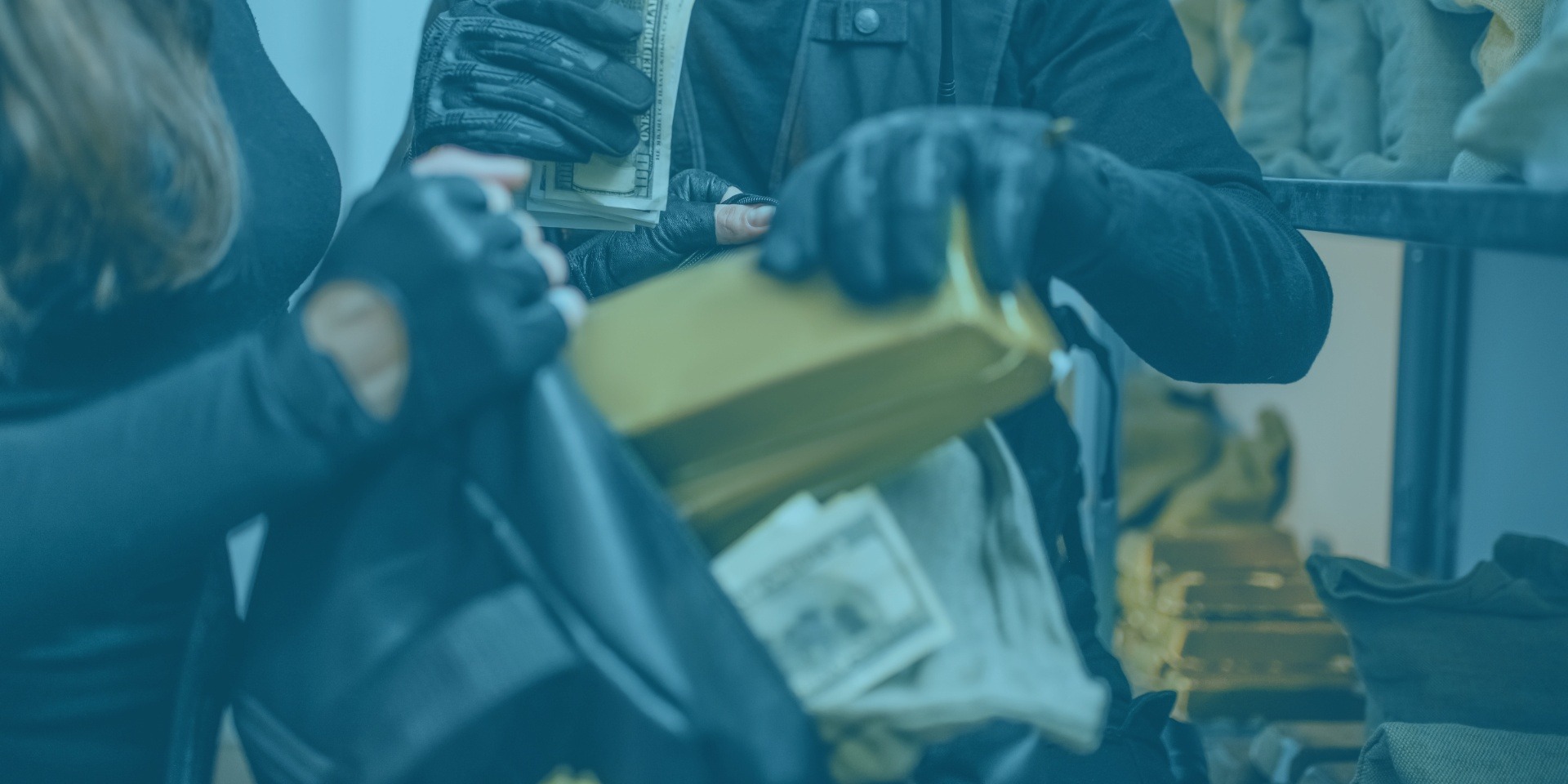
Robbery Prevention, Response & Resilience
Robbery Prevention, Response & Resilience
- Avenues of Robbery Escape. Before conducting robbery training, review the outside of the facility to determine the likely escape routes of robbers. These routes should then be pointed out to staff during robbery training.
- Boutique Banking. Many banks now offer special seating areas with Internet access, cable television, and coffee. People can linger here unobserved by staff for up to thirty minutes without anyone asking if they can help them. During robbery training, be sure to point out that this is an area where a potential robber can view your operations unobserved, and that everyone should be approached to see if they’d like to open an account. Once approached, a potential robber will most likely go elsewhere.
- Coin-Counting Machines. Many banks are now placing coin-counting machines in the lobby for account holders. Train your staff to watch people near the coin counter: Using it gives a potential robber a great location to observe the layout of your banking office unnoticed by staff.
- Dye Packs. Place $50 or $100 bills in your dye packs instead of $20 bills. Because so many banks have been using twenties, robbers are getting smarter and asking for fifties and hundreds.
- 911 Stickers. Every bank tells staff to call 911 in the case of an emergency. The problem is, most telephone systems inside our offices require us to dial 9 or 8 first before we can access an outside line; and when staff members are scared or upset, they might easily forget this. If applicable, all of your telephones should have a sticker placed on them that reads: “In an emergency, dial 9–911 or 8–911.”
Read These Articles Next
Tess Bower
July 7, 2023
April 10, 2023
Tess Bower
April 1, 2025
© 2025 FINANCIAL EDUCATION & DEVELOPMENT, INC





